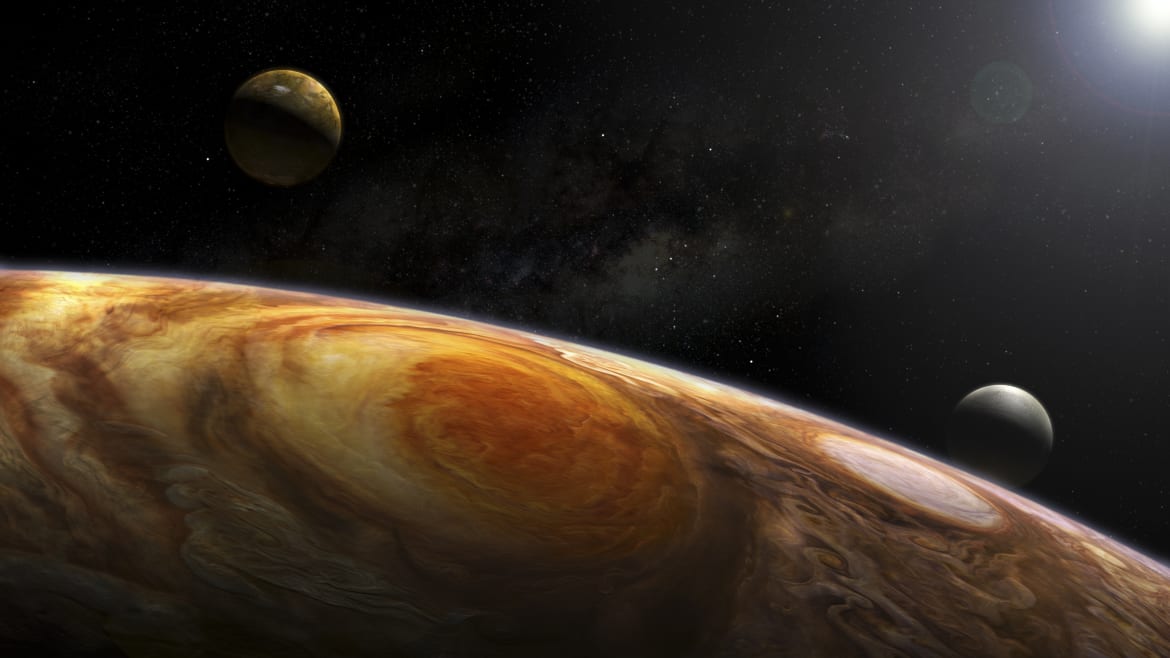Steven Hobbs via Getty
NASA’s Jupiter-orbiting space probe Juno just snapped the most high resolution pic of one of the gas giant’s moons yet.
The spacecraft captured a close-up shot of the icy Europa during a flyby on September 29 using its Stellar Reference Unit (SRU), a star-tracker camera used to help orient Juno. The image reveals a 93-mile by 125-mile section of the moon’s surface that includes crisscrossing ice ridges along with dark spots that researchers believe could be indicating a volcanic eruption below.
“This image is unlocking an incredible level of detail in a region not previously imaged at such resolution and under such revealing illumination conditions,” Heidi Becker, the lead co-investigator for the SRU, said in a press release. She added that the instrument helps reveal insights into how the Jovian moons were formed and how the icy crust was shaped over time.
Got a tip? Send it to The Daily Beast here

